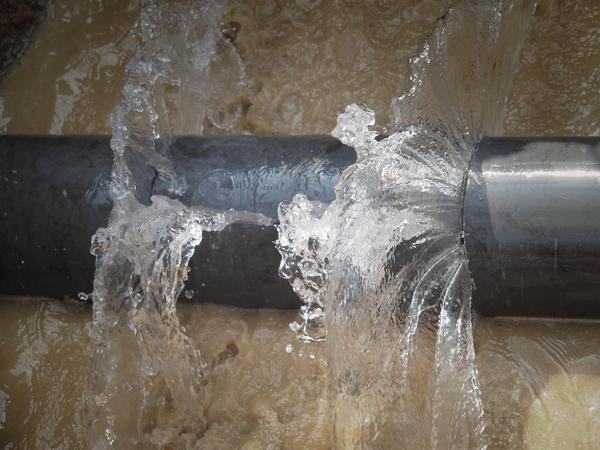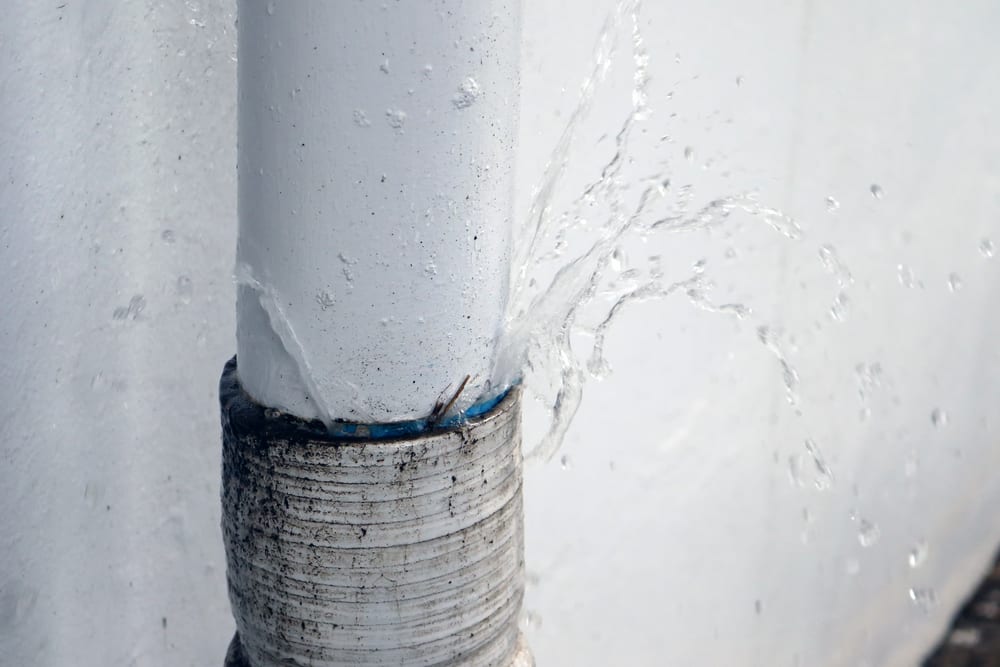From Detection to Correction: A Fast Approach to Handling Burst Pipes
From Detection to Correction: A Fast Approach to Handling Burst Pipes
Blog Article
We have discovered this article on How to Prepare for Your Dishwasher Installation down the page on the internet and felt it made perfect sense to relate it with you on this page.

A ruptured pipeline is a significant emergency; you can only stand as you watch water you pay very much to rejoin with the earth. In worse situations, you see a pool on your kitchen area flooring, which is a fantastic journey hazard, especially if you have kids around. If the pipeline that burst was in your wall surfaces, trouble: you may need to paint that whole section.
How can a catastrophe like a ruptured pipeline be prevented and also managed? Well, by listening to your expert emergency plumbing professionals and following these policies.
Just how do I recognize when my pipes have burst?
Varying water stress
Pipelines do not simply burst in a day. You might have noticed that your kitchen tap or shower doesn't run promptly when you transform the tap. It may pause for a few seconds and after that blast you with even more pressure than common.
In various other instances, the water may seem normal initially, then drop in stress after a couple of secs.
Polluted water
Many individuals think a ruptured pipeline is a one-way electrical outlet. Fairly the contrary. As water spurts of the hole or gash in your plumbing system, contaminants find their way in.
Your water may be contaminated from the source, so if you can, check if your water tank has any problems. However, if your alcohol consumption water is provided and also detoxified by the local government, you must call your plumber promptly if you see or scent anything amusing in your water.
Puddles under pipelines as well as sinks
When a pipe bursts, the outflow forms a puddle. It may show up that the pool is growing in dimension, and also regardless of how many times you wipe the pool, in a few mins, there's one more one waiting to be cleansed. Frequently, you may not have the ability to map the puddle to any visible pipelines. This is an indicator to call a specialist plumber.
Wet walls and also water discolorations
Before a pipe bursts, it will certainly leakage, the majority of times. If this relentless leaking goes unnoticed, the leakage might graduate right into a vast laceration in your pipe. One easy method to avoid this emergency is to keep an eye out for damp walls advertisement water spots. These water stains will certainly lead you right to the leak.
Untraceable dripping sounds
Pipeline bursts can happen in one of the most undesirable places, like within concrete, inside walls, or under sinks. When your house goes silent, you may have the ability to listen to an irritatingly relentless leaking noise. Also after you've checked your shower head and also kitchen area tap, the trickling may continue.
Beloved reader, the trickling might be coming from a pipeline inside your wall surfaces. There isn't much you can do concerning that, other than tell a specialist plumber.
Turn up the Heat
Establish fans to blow warmth into cool spaces. Maintain the garage door shut. If you have minimized water flow, warmth the most at risk pipelines (usually in cellars and crawl spaces or near outside walls) with a hair clothes dryer. Leave the faucet on while you use heat. As you thaw ice, the flow will certainly increase. To stop pipes from cold, insulate your wall surfaces.
Start Removing the Water
Grab the wipe, buckets as well as a store vacuum to begin to get rid of the water since you certainly don't desire it soaking into whatever else in the house. Plus, a fast clean up will certainly reduce the possibilities of something obtaining moldy.
What do I do when I identify a burst pipe?
Your water meter will certainly continue to run even while your water wastes. To decrease your losses, find the primary controls and also turn the supply off. The water pipe are an above-ground framework at the edge of your building.
How to Fix & Detect a Leaking Pipe
How Do I Know if a Pipe is Leaking?
Leak detection tests can help you determine if your pipe has a leak. Even if you don’t see an apparent leak, you should still conduct leak detection tests regularly to save water and money—and prevent major damage to your home.
Water meter. It can be helpful to figure out what your usual water meter usage numbers are and then monitor them regularly. To monitor your meter, first, turn off all water faucets in your home. Check the meter and write down the numbers. In a few hours, check the meter again. If the numbers have changed, you have a leak. Water gauge. Use a water gauge to test your water pressure. Your showerhead should produce a certain amount of water pressure based on its model and design. If the pressure is lower than it is supposed to be for that specific showerhead, your home likely has a leak. Puddles. Look inside your bathroom, laundry, and kitchen sink cabinets. Puddles around the cabinets or around toilets, tubs, showers, and washing machines indicate the presence of a leaking pipe. You may also notice loose tiles, peeling or flaking paint, or mold caused by water accumulation. Napkin test. Even if you don’t see any puddles, you may still have a leak. You can test for water leaks in the bathroom, laundry, and kitchen by wiping below-sink connections with a napkin, paper towel, or piece of toilet paper. If it becomes damp, you probably have a leaking pipe under the sink. Discolored walls. Walls that are discolored—usually with brown or yellow stains—or bulging might mean that they have been impacted by water damage caused by a leaking pipe. Smell. A leaky pipe will create sitting water, and over time, that water may develop a musty smell. If your home smells musty, but you can’t locate the source, it may be due to a leak. Steps for Fixing a Leaking Pipe
A leaky drain can be remedied by tightening the pipe base, replacing the drain seal, caulking the rim, and tightening the pipe nut. Similarly, a leaking toilet pipe can be treated by tightening the packing nut. You may also need to replace the valve. A leaky faucet may just need tightening or replacement of the washers. If that doesn’t work, consider replacing your faucet. If your pipe has a hole in it, you may want to use a pipe leak sealer or pipe leak tape. This quick fix for water pipe leaks can also temporarily fix a copper pipe leak. https://www.ahs.com/home-matters/quick-tips/how-to-tell-if-pipes-are-leaking/

I came across that blog post about How to Install and Connect a New Dishwasher while doing a lookup on the web. Sharing is good. Who knows, you could be doing someone a favor. We cherish reading our article about How to Prepare for Your Dishwasher Installation.
Visit Page
Report this page